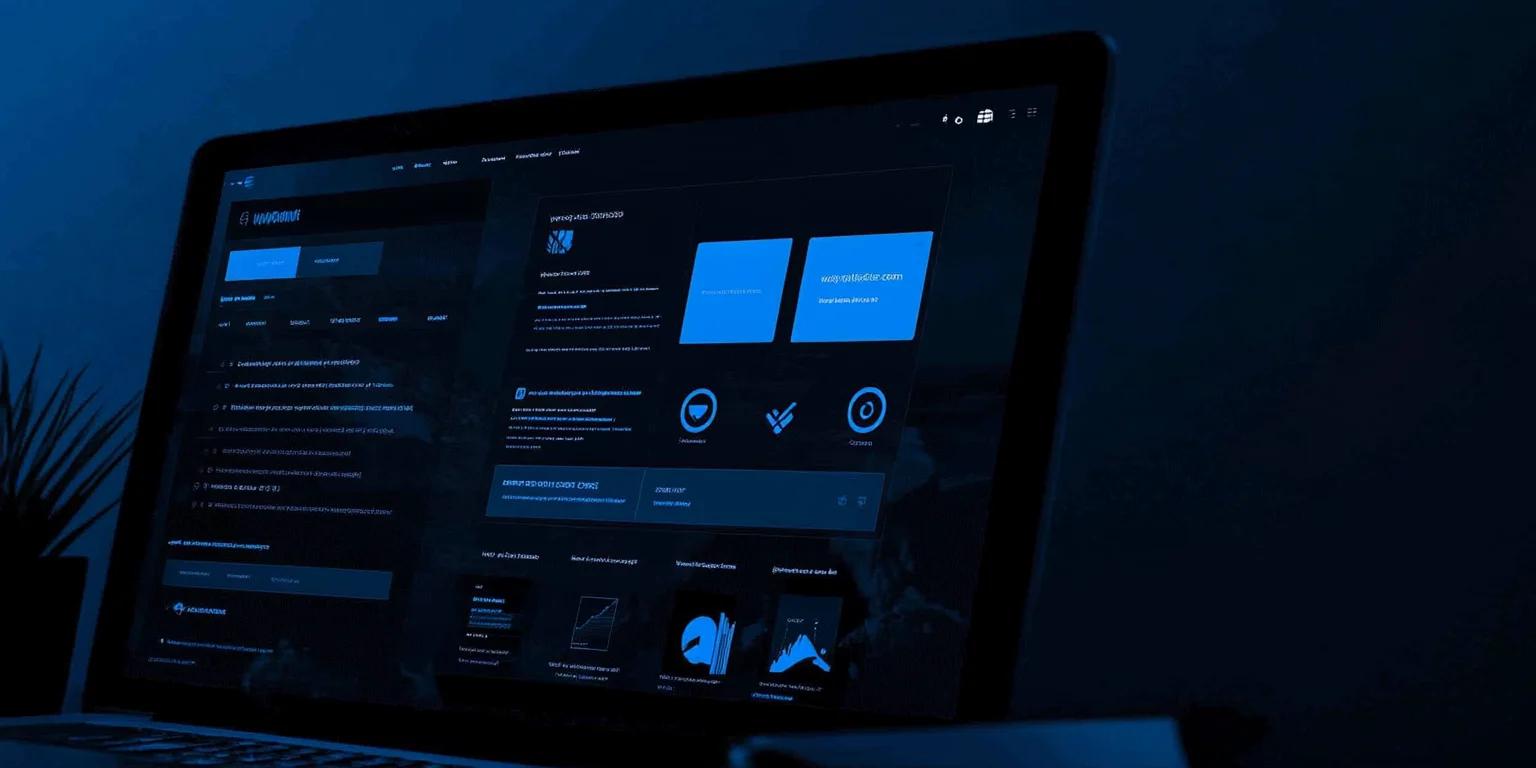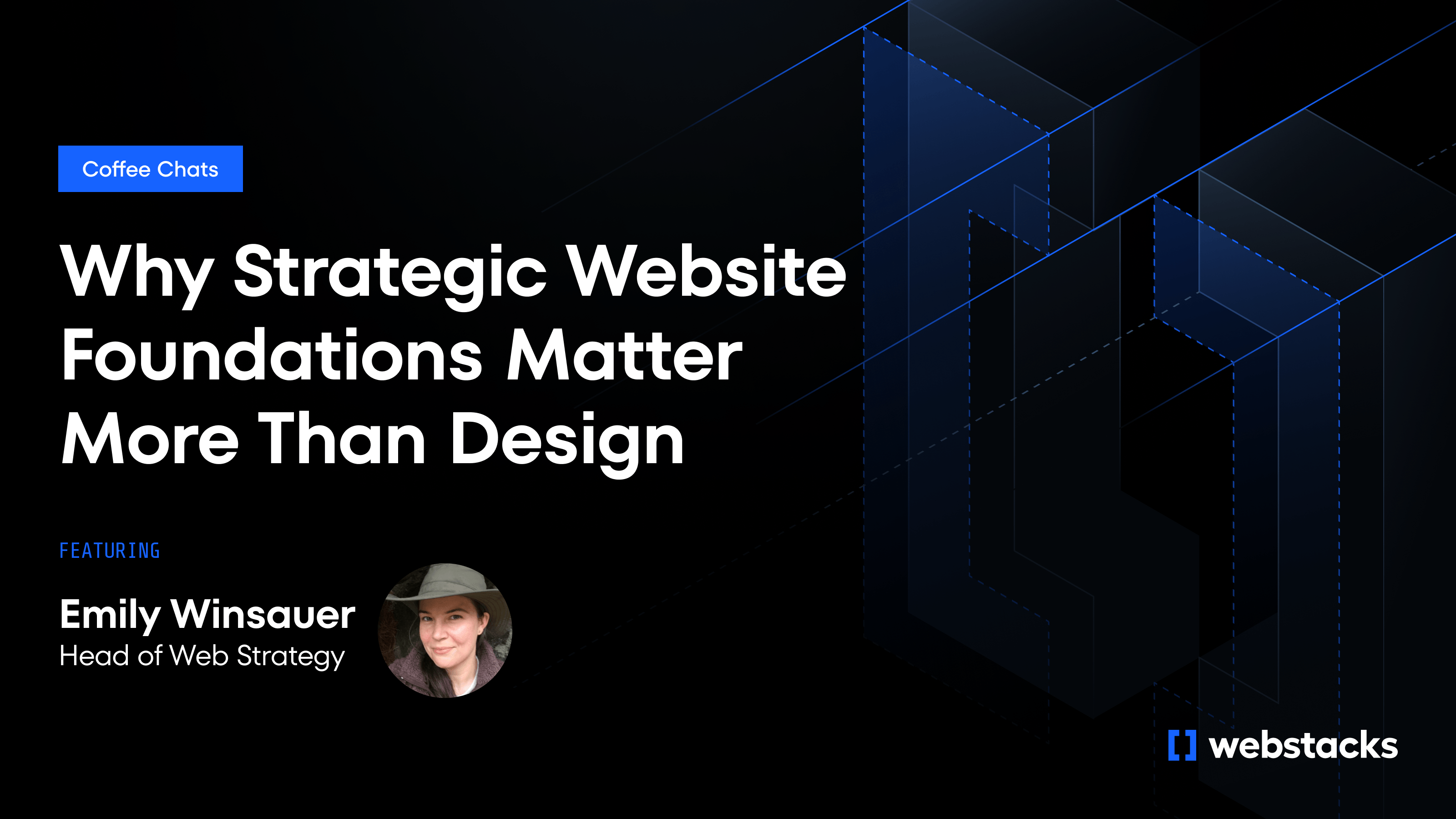To unlock the full potential of your website's search engine visibility, you need more than just traditional SEO tactics.
Sanity CMS's flexible architecture and robust capabilities open up unique opportunities to improve your SEO through best practices and innovative implementation techniques. With these Sanity CMS capabilities, you can take your site's performance to the next level.
In this comprehensive guide, you'll explore how Sanity SEO can improve your site's search performance and deliver a great user experience.
In brief:
- Sanity CMS offers flexible tools to improve your website's SEO, including managing key SEO components like titles, meta descriptions, schema markup, and indexation control.
- Technical SEO in Sanity leverages server-side rendering and proper tag management to boost search performance and user experience. Implementing effective technical SEO strategies can significantly enhance your site's visibility.
- Structured content modeling in Sanity improves content optimization, making it easier for search engines to understand and index your site, aligning with enterprise SEO best practices.
- Sanity's headless architecture optimizes site performance, improving Core Web Vitals metrics that carry a lot of weight for search rankings. This places Sanity as a top CMS choice for businesses focusing on SEO.

Core SEO Components in Sanity
Sanity offers strong capabilities for implementing key SEO components. Let's break them down:
How to Manage Titles and Meta Descriptions
You can create a reusable SEO object schema in Sanity to consistently manage titles and meta descriptions across your content. The schema should include validation rules to ensure optimal character lengths—approximately 65 characters for titles and 155 for meta descriptions—to prevent truncation in search engine results pages (SERPs).
Here's what you should include in your SEO object schema:
- Text input fields for title and meta description
- Character limit validation rules
- Contextual prompts for content creators
- Optional duplicate content checks
How to Implement Schema Markup
Schema markup helps search engines better understand your content's context and can lead to better SERP features, such as rich snippets.
In Sanity, you can implement structured data for various content types such as reviews, products, events, people, and local businesses.
You can manage schema markup through dedicated plugins or custom implementations in your content models, making it easier to maintain consistent structured data across your site.
How to Control Indexation
Search engine indexation is table-stakes for SEO success.
Sanity enables granular control through meta robots tags for HTML pages, X-robots-tag implementation for non-HTML files, customizable indexation rules per content type, and flexible URL structure management.
Compared to traditional CMS platforms, this headless approach gives you more control over what search engines index and how they access your content. Understanding additional differences between headless vs traditional CMS can help you make informed decisions for your SEO strategy.
The system also supports content versioning for SEO changes, with retention periods varying by plan: 3 days for free plans, 90 days for growth plans, and 365 days for enterprise plans.
Technical SEO Implementation in Sanity
Implementing Canonical and Language Tags
Proper tag management in Sanity helps search engines understand your content structure.
For pages with potential duplicate content, you can implement canonical tags through Next.js configuration:
<link rel="canonical" href="https://www.domain.com/primary-page" />
For multi-language sites, implement hreflang tags to ensure Google serves the correct language version to users. Each page should include self-referencing hreflang tags along with references to all available language versions:
<link rel="alternate" hreflang="en" href="https://domain.com/en/page" />
<link rel="alternate" hreflang="es" href="https://domain.com/es/page" />
<link rel="alternate" hreflang="fr" href="https://domain.com/fr/page" />
Configuring Rendering for SEO
Sanity offers flexible rendering options through frameworks like Next.js. Server-Side Rendering (SSR) is recommended for optimal SEO performance, as it delivers fully-formed pages to search engines. SSR ensures that your pages are rendered on the server, which can improve performance and SEO by providing a fully formed Document Object Model to the browser and search engines. You can implement SSR at the route level and even render pages on the CDN level with most providers.
For image optimization, use the Next.js Image component:
import Image from 'next/image'
<Image
src={imageUrl}
alt={imageAlt}
width={width}
height={height}
loading="lazy"
/>
This implementation provides automatic image size optimization, prevents layout shift, and enables lazy loading for improved performance.
Content Optimization Features in Sanity
Sanity's approach to content management revolves around structured content and views your content as data organized in a relational database, aligning with enterprise SEO best practices.
This architecture follows the COPE (Create Once, Publish Everywhere) principle. It allows you to focus on content meaning rather than presentation.
When you create content in Sanity, you're not just writing text—you're building structured data that search engines can better understand and index, enhancing your structured content SEO.
Modeling Content for SEO
Content modeling in Sanity allows you to define and organize your content types, their attributes, and the relationships between them.
You can structure various content pieces—from videos and images to blog posts and web pages—into a unified system.
Such a structured approach helps search engines understand the connections between your content, making it easier for them to crawl and index your site effectively. The relationships you create between content pieces help search engines lead users to relevant information on your website.
Managing Metadata
Sanity provides robust metadata customization options.
You can customize metadata fields for different content types—for example, images can have customized title, description, and alt text fields. The granular control you gain extends to meta descriptions and meta titles for your pages, allowing you to optimize each content piece for search engines.
Performance Optimization in Sanity
When it comes to SEO, site performance is a critical ranking factor, and Sanity's headless architecture gives you a significant advantage in this area. The platform's approach to content delivery allows you to optimize Core Web Vitals effectively, which directly impacts your search rankings and user experience.
Sanity's headless CMS architecture provides several performance advantages that enhance functionality and user experience and help you optimize website performance. With its server-side rendering capabilities, you get improved time-to-first-byte, which helps optimize LCP. The platform's predefined element positions and sizes help prevent layout shifts and address CLS issues. Since you have full control over how your store is displayed and which elements are loaded, you can fine-tune the delivery of content for optimal performance.
To maximize performance with Sanity:
- Implement server-side rendering for faster initial page loads
- Use custom object and rendering rules to optimize content delivery
- Configure proper caching strategies
- Optimize media assets through Sanity's asset pipeline
- Leverage the platform's CDN capabilities for faster global content delivery
Remember to regularly monitor your Core Web Vitals through Google's PageSpeed Insights to ensure your optimizations are working.
The Next Steps with Sanity SEO
Sanity CMS provides a great foundation for SEO through its flexible architecture, customizable content structures, and powerful technical capabilities, allowing you to future-proof your website. From metadata management to indexation control, the platform offers all the tools needed to build search-engine-friendly websites that perform well and scale effectively.
If you need help optimizing your website for search, schedule a brief discovery call with Webstacks today. As a web agency, we’ve helped hundreds of enterprises get actual results from their SEO strategy.





